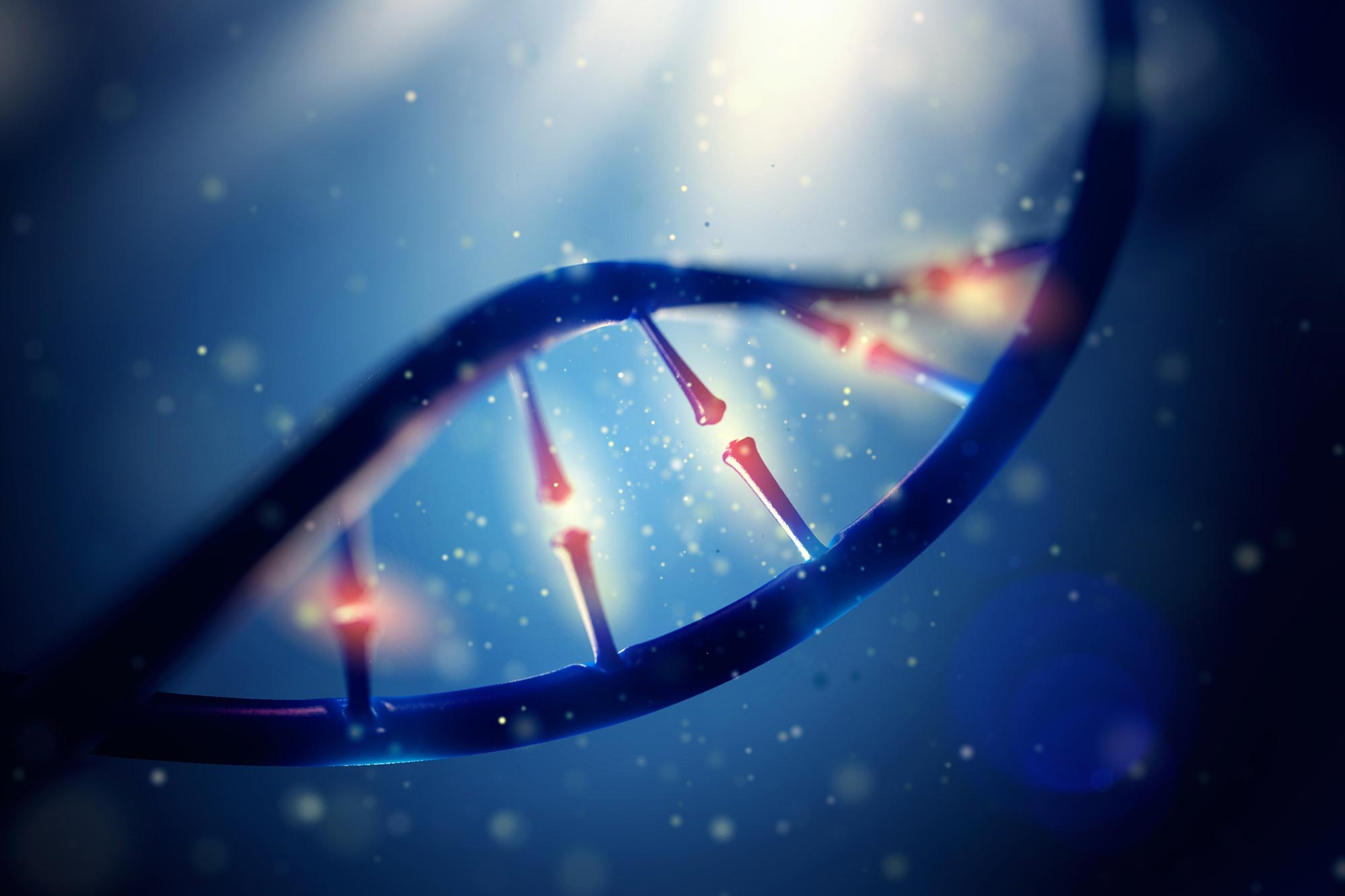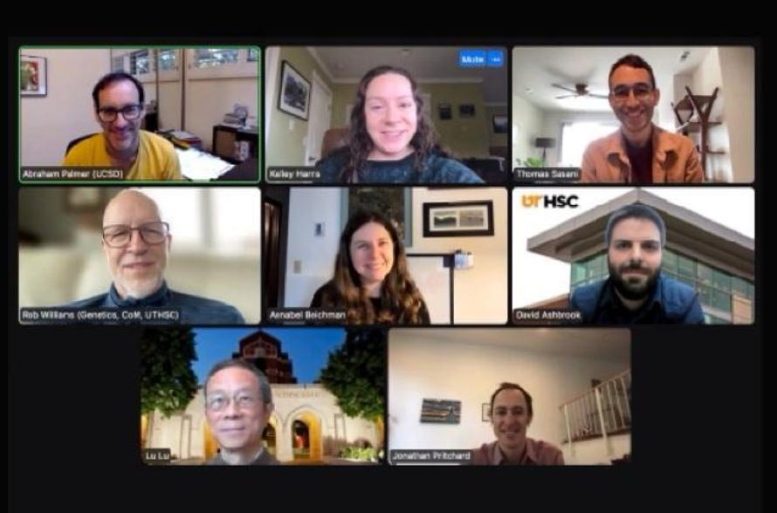
Scientists have positioned an space within the mouse genome the place genetic variation is related to variations within the mutation charge between people.
The discovering helps idea that genetic variations between people and species can have an effect on the acquisition of mutations.
Each organism is born with a number of mutations in its genome that differ genetically from each of its dad and mom. Such adjustments in a person’s genetic code create the variety that permits nature to pick out advantageous traits that drive the evolution of a species.
The kind of mutations and the speed at which they seem differ between people and species. Some researchers suspect that environmental elements trigger most of this variation. Others suspect a few of this variation has a genetic foundation that may additionally have an effect on most cancers susceptibility, as a result of most cancers may be brought on by mutations in affected organ cells.
A collaborative crew led by researchers at College of Washington College of Medication in Seattle now report they've positioned an space within the mouse genome the place genetic variation is related to variations within the mutation charge between people. Genetic variants related to a selected trait are referred to as alleles, therefore variants affecting mutation charge are referred to as mutator alleles.
“Our findings present that no less than one mutator allele exists in nature, and that’s one thing we’ve been making an attempt to reveal for some time,” stated Kelley Harris, assistant professor of genome sciences on the UW College of Medication.
Harris and her analysis colleagues report their findings as we speak, Could 11, within the journal Nature.

Authors of a Could 11, 2022, Nature paper, A pure mutator allele shapes mutation spectrum variation in mice, meet through Zoom. They're: Abraham Palmer, Kelley Harris, Thomas Sasani, Robert Williams, Annabel Beichman, David Ashbrook, Lu Lu and Jonathan Pritchard. Credit score: Kelley Harris Lab
To find the mutator allele, the investigators sequenced the genomes of inbred mice. Scientists create such populations by mating brothers and sisters for a lot of generations. The ensuing mice have extremely standardized genomes that make it simpler to review genetic associations with complicated traits.
For this research, the researchers sequenced inbred strains that had been created by mating two strains, referred to as strains “B” and “D.” Many of those BXD offspring had genomes that had been 50% B and 50% D however with these alleles randomly shuffled into completely different mixtures.
The oldest inbred BXD strains had been maintained in captivity for almost 50 years. Though every line’s genome remained comparatively secure, all acquired mutations and a few strains acquired mutations sooner than others. This distinction in mutation charges made it doable for researchers to acknowledge alleles related to a better or decrease charge of mutations. Particularly, they discovered a area of the mouse genome that impacts the speed of a selected mutation through which the DNA nucleotide cytosine (C) is swapped out for the DNA molecule adenine (A), a so-called “C-to-A” mutation.
The researchers discovered that the mice whose genomes gathered C-to-A mutations at a better charge tended to have a phase of DNA on the fourth chromosome that was inherited from the D line.
“The mice that had an allele from the D dad or mum at this one place on chromosome 4 gathered C-to-A mutations at a charge 50% larger than those that inherited that locus from the B dad or mum,” Harris stated.
The area related to the upper mutation charge is thought to comprise 76 genes, Harris stated. A subsequent evaluation to see which gene would possibly trigger the upper mutation charge led them to a gene referred to as Mutyh.
Mutyh encodes a protein that performs a task in DNA replication and restore, and in people is related to a colorectal most cancers syndrome. Harris stated they might not rule out the likelihood that different close by genes aren’t taking part in a task within the enhance charge of C-to-A mutations in these mice, however Mutyh’s hyperlink to most cancers in people makes it the prime suspect.
“Our findings add weight to the speculation that pure mutator alleles underline variations in mutations seen in people and present that they'll been mapped with mannequin organisms such because the mouse by utilizing our method,” Harris stated.
Reference: “A pure mutator allele shapes mutation spectrum variation in mice” 11 Could 2022, Nature.
DOI: 10.1038/s41586-022-04701-5
The paper’s first creator is Thomas A. Sasani, who was a postdoctoral pupil in genome sciences on the UW College of Medication when he did the analysis. Sasani is now with Recursion Prescription drugs in Utah. Different authors embody David G. Ashbrook, Lu Lu, and Robert W. Williams of the College of Tennessee Well being Science Middle; Annabel Beichman on the UW; Abraham A. Palmer of the College of California at San Diego; and Jonathan Okay. Pritchard of Stanford College.
0 Response to "Gene That Shapes Mutation Rate Discovered in Mice"
Posting Komentar